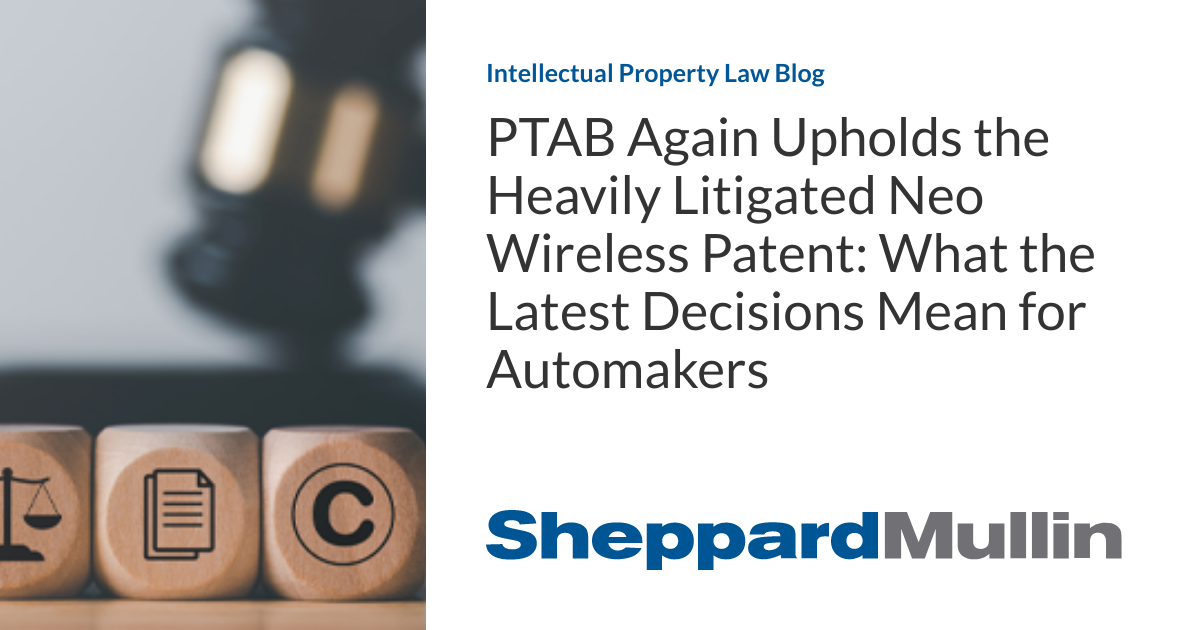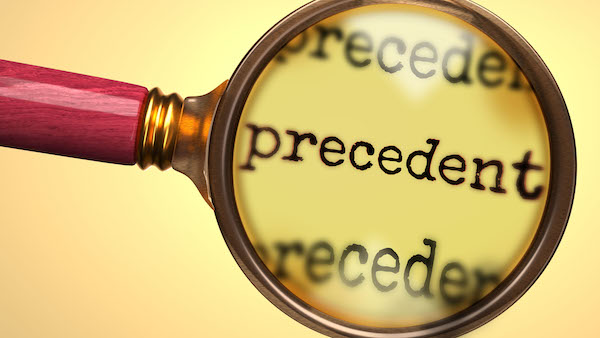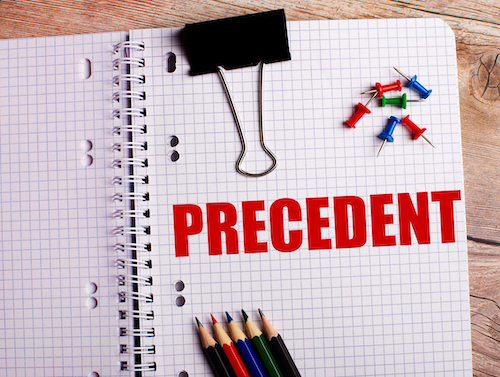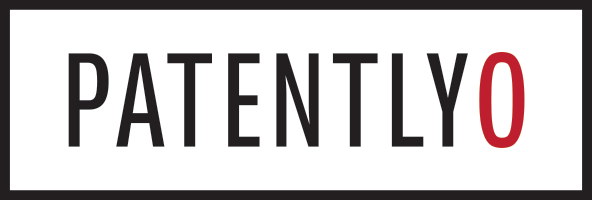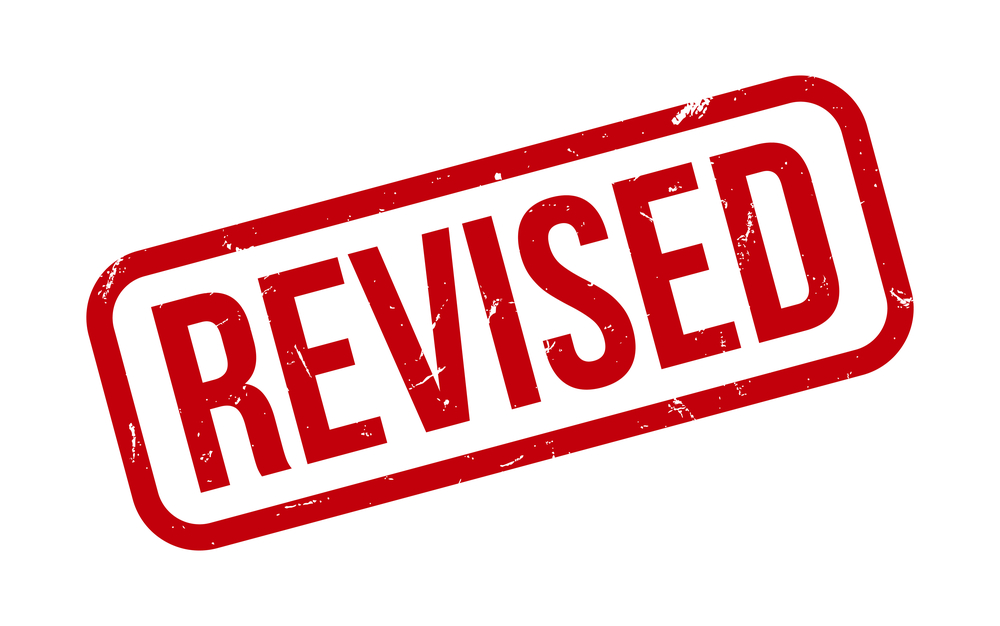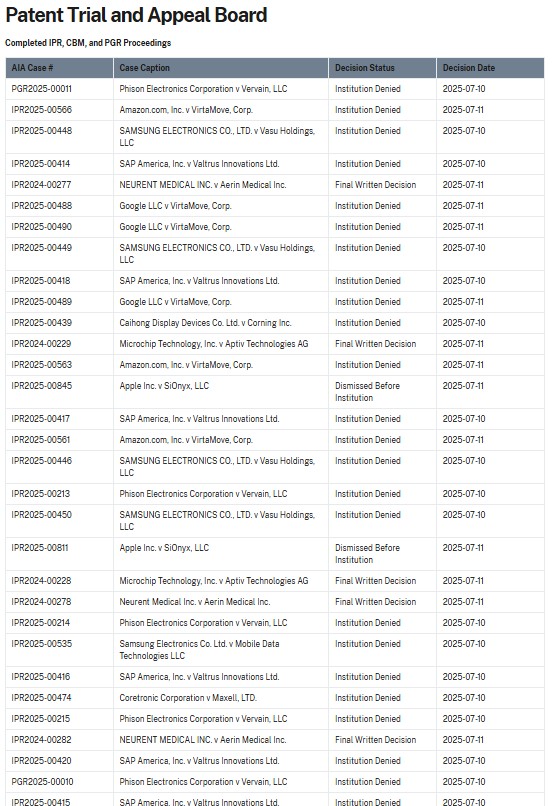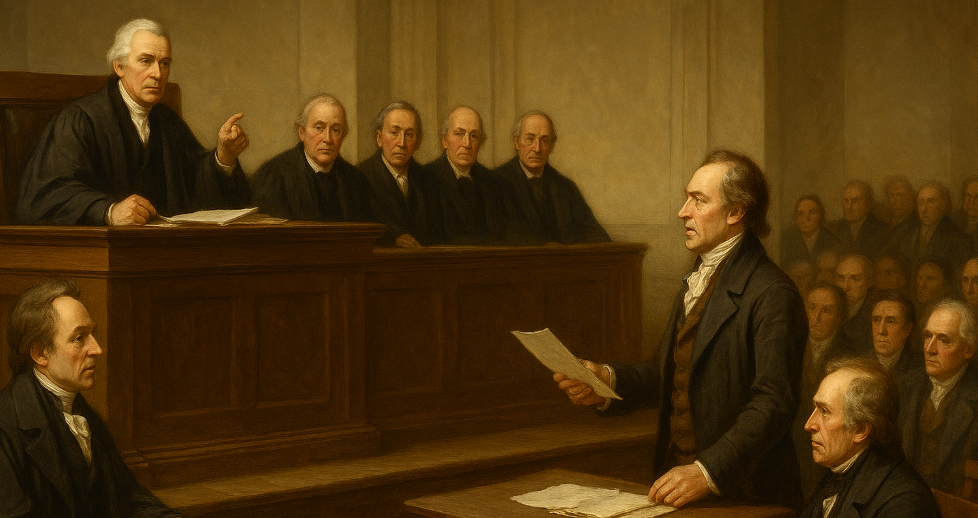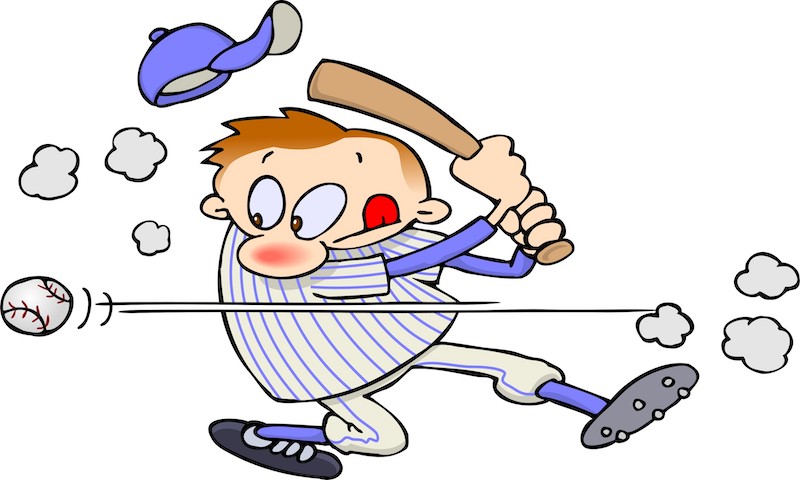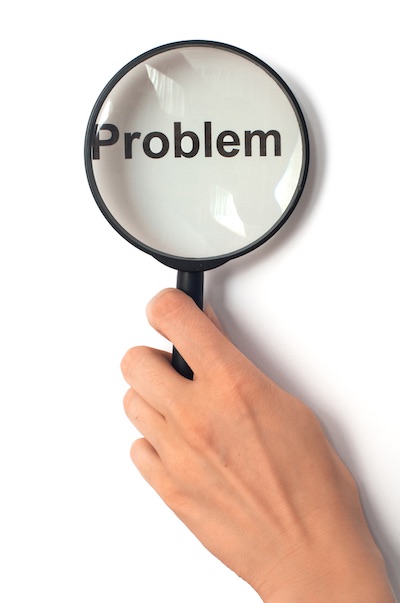fromIPWatchdog.com | Patents & Intellectual Property Law
2 months agoA Rebuttal Explaining the PTAB Invalidation Rate Fallacy in the GAO Reports
"[Grantham's] post deliberately ignores the critical point that the GAO reports' equating the numerically high invalidation at the PTAB with the numerical invalidity rate underlying issued patents the fallacy that my article explains." This is a response to Robert Grantham's recent post titled " Patents Subjected to IPRs are the Perfect Vehicle to Assess the USPTO's Patent Quality Problem." This post claims to challenge my recent article titled " Fallacy Dispelled: Invalidation Rates of Adjudicated Patents Convey Nothing About Quality of All Issued Patents." However
Intellectual property law


